Root vegetables are underground plant parts eaten by humans as food. Although botany distinguishes true roots (such as taproots and tuberous roots) from non-roots (such as bulbs, corms, rhizomes, and tubers, although some contain both hypocotyl and taproot tissue), the term “root vegetable” is applied to all these types in agricultural and culinary usage. Generally, Root vegetables are generally storage organs, enlarged to store energy in the form of carbohydrates.
List of Root Vegetables
- Ginger
- Jerusalem artichoke
- Garlic
- Radish
- Rutabaga
- Celery root
- Carrot
- Daikon
- Onion
- Parsnip
- Jicama
- Beets
- Kohlrabi
- Potato
- Sweet potato
- Burdock root
- Cassava
- Shallots
- Galangal
- Horseradish
- Turnips
- Fennel
- Turmeric
- Yams
Ginger
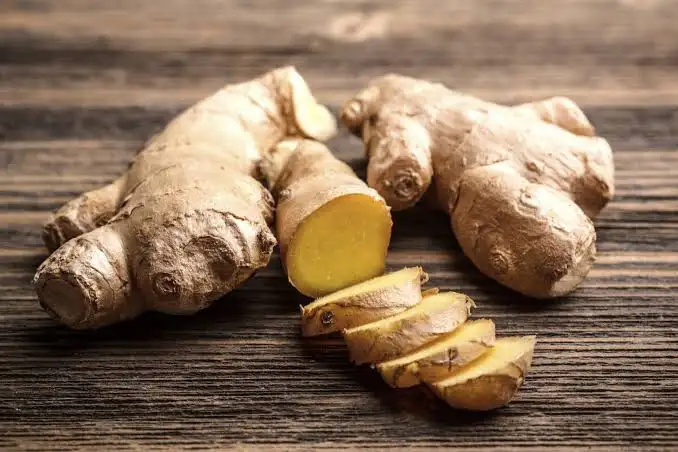
Ginger is a spicy, fragrant herb that is utilized in many culinary dishes. It is covered in tan-colored skin, knuckle-like in appearance and knotty in texture. The skin is removed prior to cooking or consuming to reveal a yellow, soft, fibrous meat. Because ginger grows beneath the soil, it is often referred to as ginger root or generally Root vegetable, however, the correct term for the edible portion of the plant is rhizome. Ginger is easy to grow as long as you provide the plant with proper soil conditions.
Jerusalem artichokes
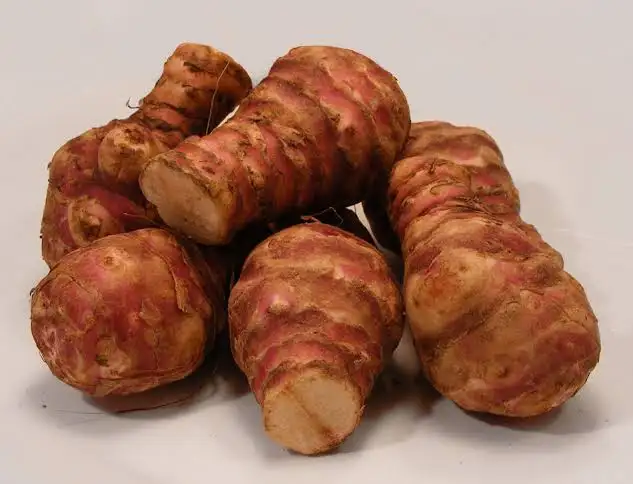
Sunchokes, also known as Jerusalem artichokes, are a type of root vegetable that yield sweet-tasting tubers and large sunflower-like blooms. The plants can reach heights of 12 feet and can become quite invasive if you don’t control them. With proper planting and care, sunchokes are a nutritious addition to your vegetable garden that can also enhance the visual appeal.
Garlic
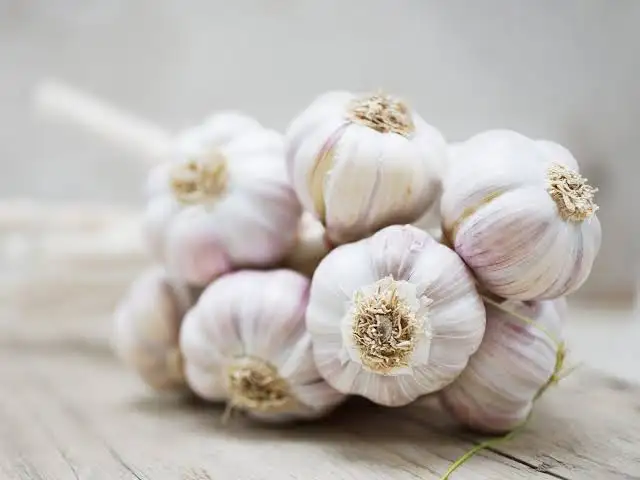
Garlic is a winter crop in mild, frost-free climates, and it’s usually ready for harvest before summer vegetables require planting. A single garlic bulb breaks apart into multiple cloves, and each clove can produce a new bulb when harvested and planted correctly. Hard-neck garlic varieties create large cloves that store well for many months. Soft-neck varieties’ cloves are smaller, and using them quickly is best. Plant garlic in early fall when daytime temperatures begin to cool.
Also Read: List of All Vegetables In The World
Radishes
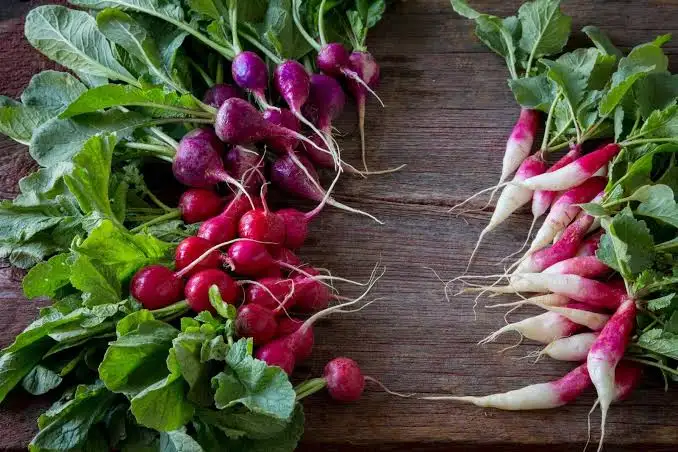
Radishes are a cool weather vegetable that is fast to mature and easy to grow. Radishes are grown and consumed throughout the world, being mostly eaten raw as a crunchy salad vegetable with a pungent flavor. There are numerous varieties, varying in size, flavor, color, and length of time they take to mature. Because radishes mature so quickly, you can really sow them anywhere there is an empty space or sow in between rows of other vegetables such as carrots or beets. Radishes also happen to make excellent companion plants to help deter pests from other vegetables.
Rutabaga

Rutabagas produce round, firm roots with sweet, yellow flesh. Rutabagas are generally ready for harvest when the roots are 4 to 5 inches in diameter, although you can harvest them beginning when roots measure 2 to 3 inches. Rutabaga roots are eaten as human food in a variety of ways, and the leaves can be eaten as a leaf vegetable. The roots and tops are also used for livestock, either fed directly in the winter or foraged in the field during the other seasons.
Celery root
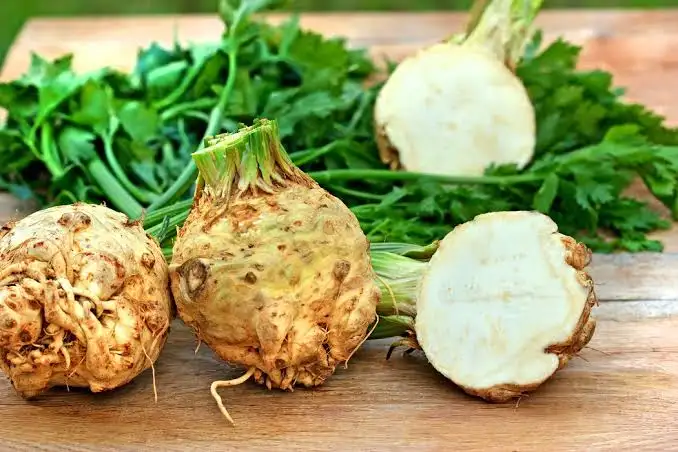
Celery root, or celeriac, produces stems similar to celery but it’s prized for it’s edible root instead of its stalks. It thrives in the cool season and tolerates frost, so it’s typically planted in spring for a late fall or early winter harvest. In mild climates with minimal frost, you can harvest celery root all winter and into early spring. The root develops its best flavor after light frost exposure. Proper harvesting at the right time ensures a firm, crisp root with a mild flavor.
Carrot
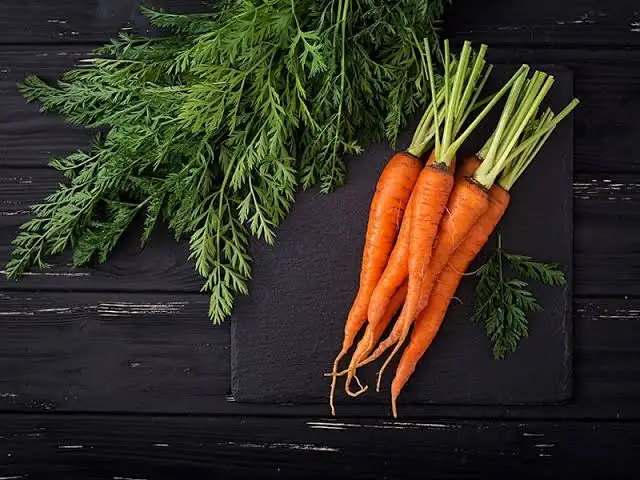
The carrot is a root vegetable, typically orange in color, though purple, black, red, white, and yellow cultivars exist, all of which are domesticated forms of the wild carrot, Daucus carota, native to Europe and Southwestern Asia. The carrot plant produces a rosette of leaves above ground and a fleshy conical taproot below ground. The plant produces small flowers which are white, red or purple in color. The root can grow to between long and reach 5 cm in diameter.
Also Read: Types of Fast Growing Vegetables
Daikon
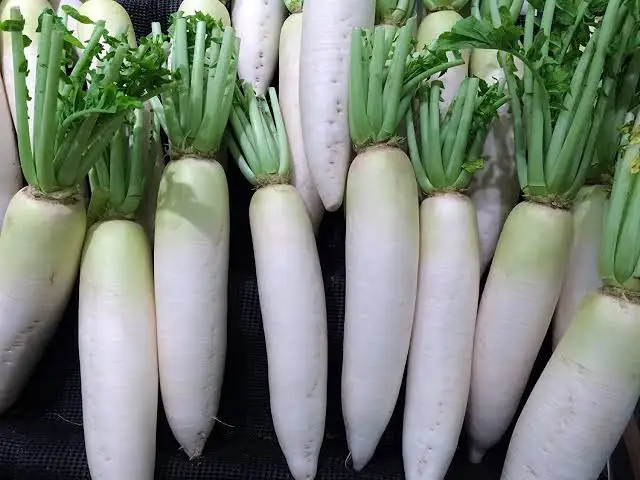
Daikon (sometimes called winter or white radish) is a root vegetable similar in shape to a large carrot with a flavor that’s similar to a mild red radish. The standard daikon radish color is white, hence its alternate name “white radish.” They also come in many other skin colors, however, including red, pink, purple, black and green. While some radishes take almost three months to reach optimum harvest date, others may be ready in fewer than two. Planting of Daikon should be done about three to six weeks before the first frost of the fall and winter season to ensure adequate time for plant growth.
Onion

The onion, also known as the bulb onion or common onion, is a vegetable that is the most widely cultivated species of the genus Allium. The onion plant has a fan of hollow, bluish-green leaves and its bulb at the base of the plant begins to swell when a certain day-length is reached. The bulbs are composed of shortened, compressed, underground stems surrounded by fleshy modified scale (leaves) that envelop a central bud at the tip of the stem. In the autumn (or in spring, in the case of overwintering onions), the foliage dies down and the outer layers of the bulb become more dry and brittle. The crop is harvested and dried and the onions are ready for use or storage.
Parsnip

The parsnip is a root vegetable closely related to carrot and parsley, all belonging to the flowering plant family Apiaceae. It is a biennial plant usually grown as an annual. Its long taproot has cream-colored skin and flesh, and, left in the ground to mature, it becomes sweeter in flavor after winter frosts. In its first growing season, the plant has a rosette of pinnate, mid-green leaves. If unharvested, in its second growing season it produces a flowering stem topped by an umbel of small yellow flowers, later producing pale brown, flat, winged seeds. By this time, the stem has become woody and the tap root inedible.
Jicama
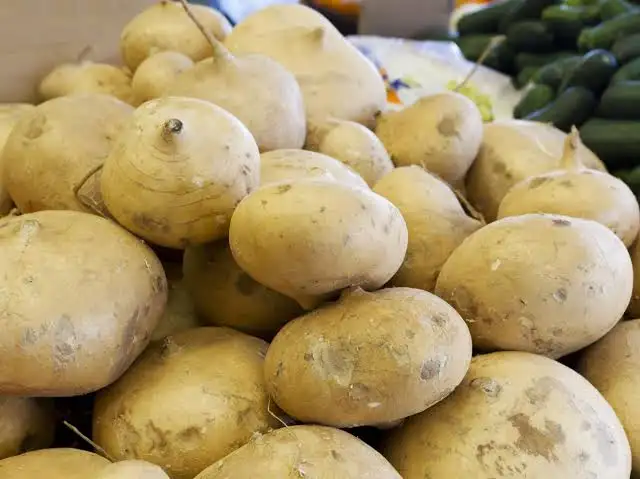
Commonly known as jícama, Mexican yam bean, or Mexican turnip, is a globe-shaped root vegetable with papery, golden-brown skin and a starchy white interior. Its flesh is juicy and crunchy, with a slightly sweet and nutty flavor. Some think it tastes like a cross between a potato and a pear. Others compare it to a water chestnut. Jicama is a favorite ingredient, either fresh or cooked, in Hispanic and Caribbean cuisine. Needing nine months of warm weather to generate a good-sized root, this twining annual vine can reach 14 to 20 feet. With deep green leaves and lovely legume-style purplish flowers, jicama adds beauty to your garden.
Also Read: Different Types of Cabbages
Beets

Garden beets are a cool-season, root vegetable with a richly colored root that can be cooked or pickled; the greens can be sauteed or used in salads. Although the leaves, called beet greens, are edible and a good source of vitamins, calcium and iron, beets are usually grown to use as a root vegetable. When grown in the right climate, beets can be started from seed repeatedly over many weeks to give a longer harvest season. The rounded red roots range in flavor from mildly sweet to spicy and hot, depending on the variety.
Kohlrabi

Kohlrabi, also called German turnip, is a biennial vegetable, a low, stout cultivar of wild cabbage. It is another cultivar of the same species as cabbage, broccoli, cauliflower, kale, Brussels sprouts, collard greens, Savoy cabbage, and gai lan. It can be eaten raw or cooked. The taste and texture of kohlrabi are similar to those of a broccoli stem or cabbage heart, but milder and sweeter, with a higher ratio of flesh to skin. The young stem in particular can be as crisp and juicy as an apple, although much less sweet.
Shallot
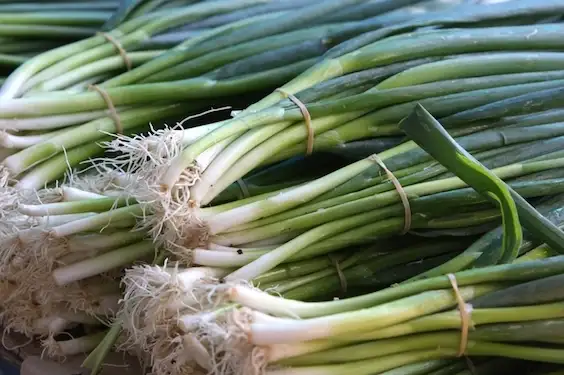
Shallots are one of the cool-season or winter crops that are very easy to cultivate. They are in the same family as onions but produce smaller bulbs and are often enjoyed as green onions. The plants can flower and produce seeds, but seeds aren’t always viable, and it is easy to save shallot bulbs for planting your next crop. Shallot plants grow best in weed-free sites, with full sun exposure or partial shade and well-drained, organically rich soil that retains even moisture. Shallot plants reach a height of up to 2 feet and a spread of 1 foot. Clusters of shallots form around the original bulb at maturity, with each bulb averaging between 1 and 4 inches in diameter.
Burdock root
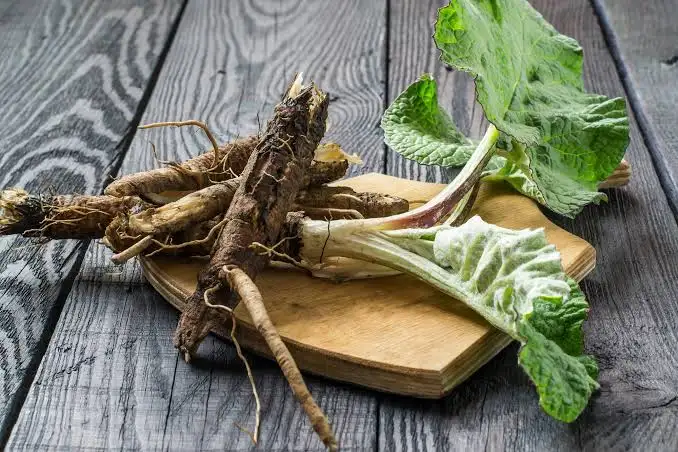
Burdock root comes from burdock, a genus of weeds that are related to sunflowers and part of the daisy family. Burdock occurs in undisturbed sites where the plant forms a rosette the first year and a flowering spike the second. The roots and young leaves and shoots are edible. The plant is easy to grow and can produce roots up to 2 feet long in 100 days or less. The flowers are bright pinkish-purple and similar to many thistle species. The leaves are broad and lightly lobed. The plant will self-seed readily and can become a nuisance if not managed.
Cassava
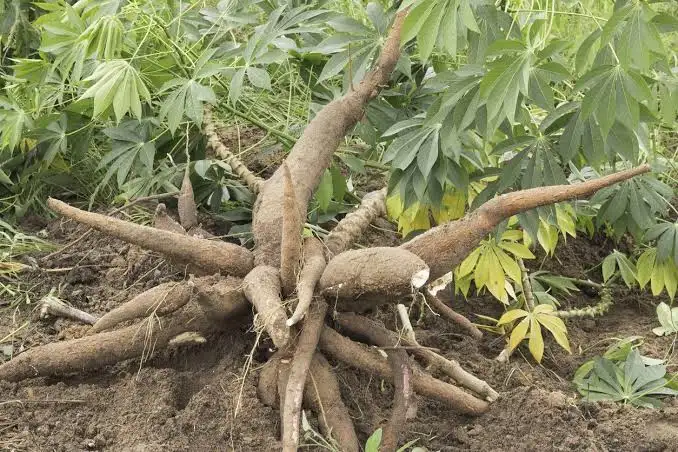
Cassava is a tropical root vegetable that can be used along with potatoes, carrots, radishes and other tubers. The cassava plant is a woody plant with erect stems and spirally arranged simple lobed leaves with petioles (leaf stems) up to 30 cm in length. The plant produces petal-less flowers on a raceme. The edible roots of the plant are usually cylindrical and tapered and are white, brown or reddish in color. Cassava plants can reach 4 m in height and is usually harvested 9-12 months after planting. The root has a variety of applications, some of which include the production of flour, starch, or ethanol.
Galangal

Galangal a perennial herb native to Java and popular in Thai cuisine, is similar to ginger to which it bears a close resemblance. Galangal is more difficult to cut than ginger and it has a stronger flavor. Both galangal and Thai ginger plants grow tuberous, branching rhizomes. Galangal grows 3 to 6 feet tall with leaves 10 to 13 inches long. The flowers are borne at the top of the plant and are small, white and streaked with deep-red veining. Some varieties have a dark reddish-brown skin and the interior is nearly white. The rhizomes have a spicy aroma and a pungent taste somewhere between pepper and ginger, it is often cooked with lemon grass.
Also Read: Different Types of Diseases That Affect Vegetables
Horseradish

Horseradish is a root vegetable known for its pungent taste and odor. It has been used worldwide for thousands of years, typically as a condiment but also for medicinal purposes. The leaves of the plant grow in a distinctive rosette pattern sprouting from single or multiple stems. The leaves have long petioles and can be smooth or crinkled, reaching 30–100 cm in length. The taproot is thick and fleshy and cylindrical in shape and can reach 50 cm in length. The plant produces many white flowers on racemes. Horseradish plants are usually grown as annuals, surviving only one growing season and can reach a height of 1.5 m. Horseradish may also be referred to as red cole or pepper rod.
Turnip
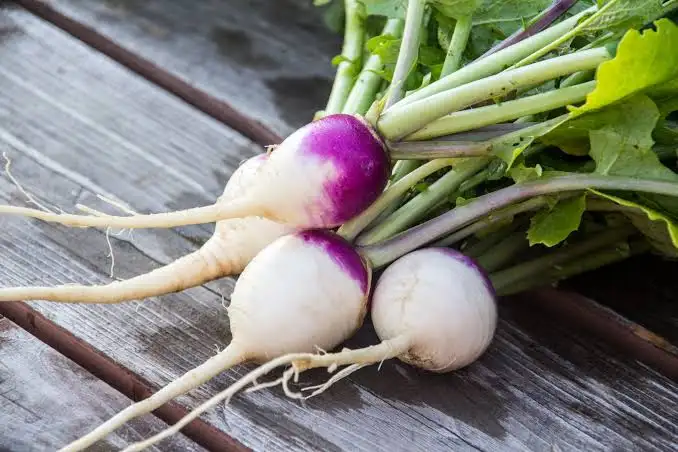
The turnip or white turnip is a root vegetable commonly grown in temperate climates worldwide for its white, fleshy taproot. The plant possesses erect stems and leaves forming a crown. The leaves are light green in color, hairy and thin. The plant produces light yellow flowers which are clustered at the top of a raceme and are often extended above the terminal buds. The leaves can reach 12–14 inches in length, while the branching flower stems can reach 12–36 inches. The taproot of the plant is is a bulbous tuber, almost perfectly round, which is usually a mixture of purple, white and yellow. Turnip is usually grown as an annual and harvested after one growing season.
Fennel
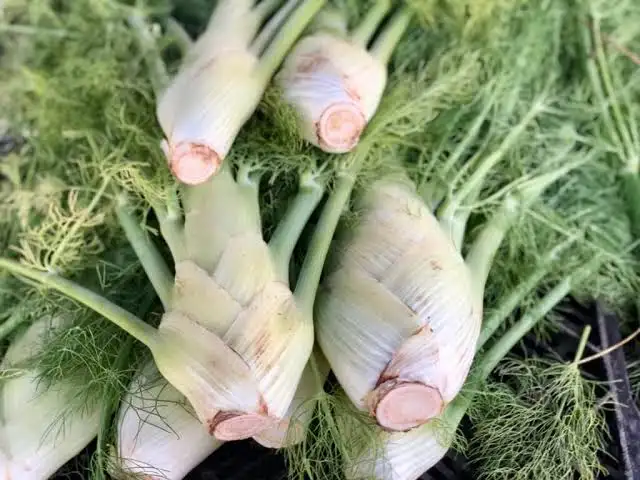
Fennel is a flowering plant species in the carrot family. It is a hardy, perennial herb with yellow flowers and feathery leaves. It is indigenous to the shores of the Mediterranean but has become widely naturalized in many parts of the world, especially on dry soils near the sea-coast and on riverbanks. The fennel plant is an erect herb with hollow stems and distinctly divided feathery foliage. The leaves are simple and linear. The plant produces flowers on flat umbels which can be 20 cm in diameter and possess tiny yellow flowers. The plant may reach 6.5 ft in height. Fennel is a short-lived plant and is almost always grown as an annual. Fennel may also be referred to as wild fennel or sweet fennel.
Yam
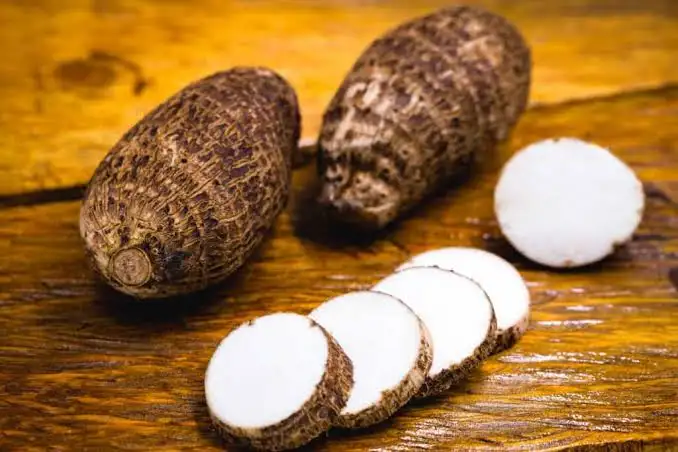
Yams are perennial herbaceous vines cultivated for the consumption of their starchy tubers in many temperate and tropical regions. Yam plants have thick tubers (generally a development of the base of the stem) which often have thick, almost barklike skin. The long, slender, annual, climbing stems bear lobed or entire leaves that are either alternate or opposite. The unisexual flowers are borne in long clusters. The flowers are generally small and individually inconspicuous though collectively showy.
The edible tuber has a rough skin that is difficult to peel but readily softened by heating. The skins vary in color from dark brown to light pink. The majority, or meat, of the vegetable is composed of a much softer substance ranging in color from white or yellow to purple or pink in mature yams.
Also Read: Different Types of Pineapples
Turmeric
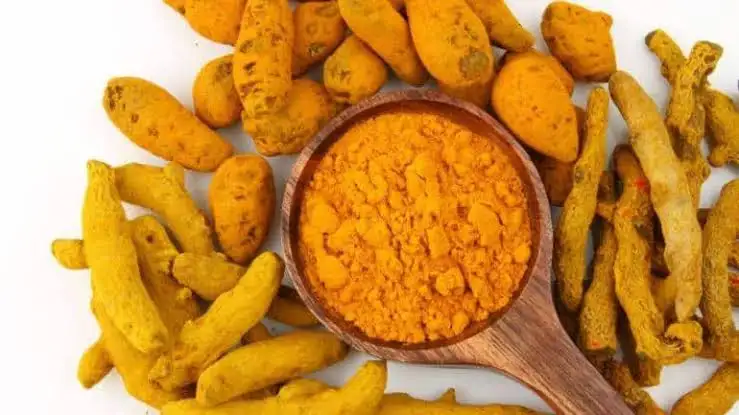
Turmeric is a member of the ginger plant family, and grows as a perennial herb in most areas. Turmeric plants reach about 1 metre (3.3 feet) in height and bear long simple leaves with long petioles (leaf stems). The leaves emerge from the branching rhizomes that lie just below the soil surface. Older rhizomes are somewhat scaly and brown in colour, while young rhizomes are pale yellow to brown-orange. The small yellow-orange flowers are borne in the axils of waxy bracts that are usually pale green or tinged with purple.
The rhizomes are used fresh or boiled in water and dried, after which they are ground into a deep orange-yellow powder commonly used as a coloring and flavoring agent in many Asian cuisines, especially for curries, as well as for dyeing, characteristics imparted by the principal turmeric constituent, curcumin.
Sweet potato
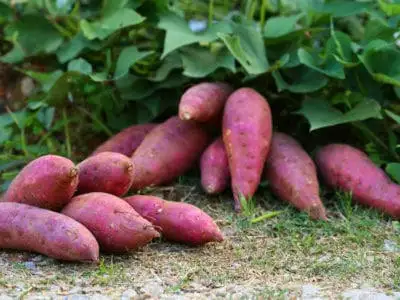
The sweet potato or sweetpotato is a dicotyledonous plant that belongs to the bindweed or morning glory family . Its large, starchy, sweet-tasting tuberous roots are used as a root vegetable. The young shoots and leaves are sometimes eaten as greens. The plant is a herbaceous perennial vine, bearing alternate heart-shaped or palmately lobed leaves and medium-sized sympetalous flowers. The stems are usually crawling on the ground and form adventitious roots at the nodes. The leaves are screwed along the stems.
The edible tuberous root is long and tapered, with a smooth skin whose color ranges between yellow, orange, red, brown, purple, and beige. Its flesh ranges from beige through white, red, pink, violet, yellow, orange, and purple. Sweet potato cultivars with white or pale yellow flesh are less sweet and moist than those with red, pink or orange flesh.
How to grow root vegetables
Root vegetables are relatively easy to grow and, in the case of an abundant fall harvest, reap plentiful rewards. To grow root vegetables, you’ll need a loose, ideally raised soil bed. The key to growing root vegetables is ensuring that the soil is loose enough for the plants to send down roots. They grow best in cool weather, so you’ll want to plant your vegetables in mid to late summer for a fall harvest. Full sun exposure is ideal for growing root vegetables.
When growing root vegetables, it’s important to be meticulous and intentional in their spacing. Root vegetables need space to grow, and since the seeds are so small, you may have to wait a few weeks after first sowing and go back and adjust the plants’ spacing. Ideally, you want to space the vegetables 2 to 4 inches apart (potatoes, however, will need much more space).